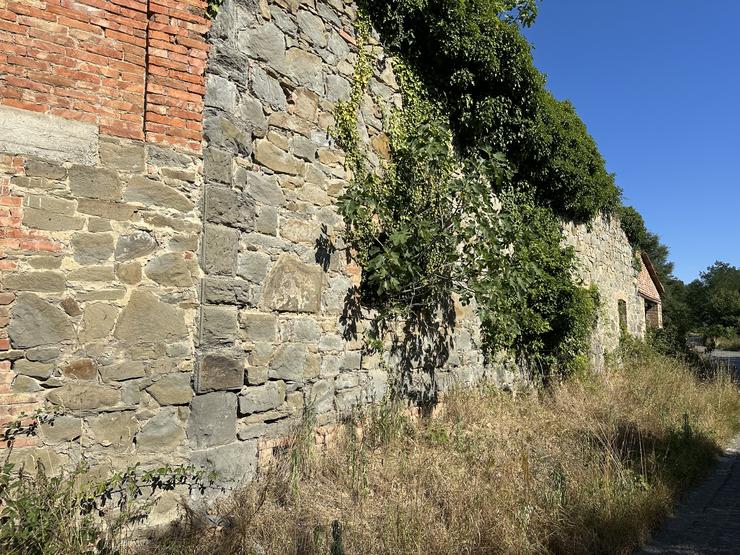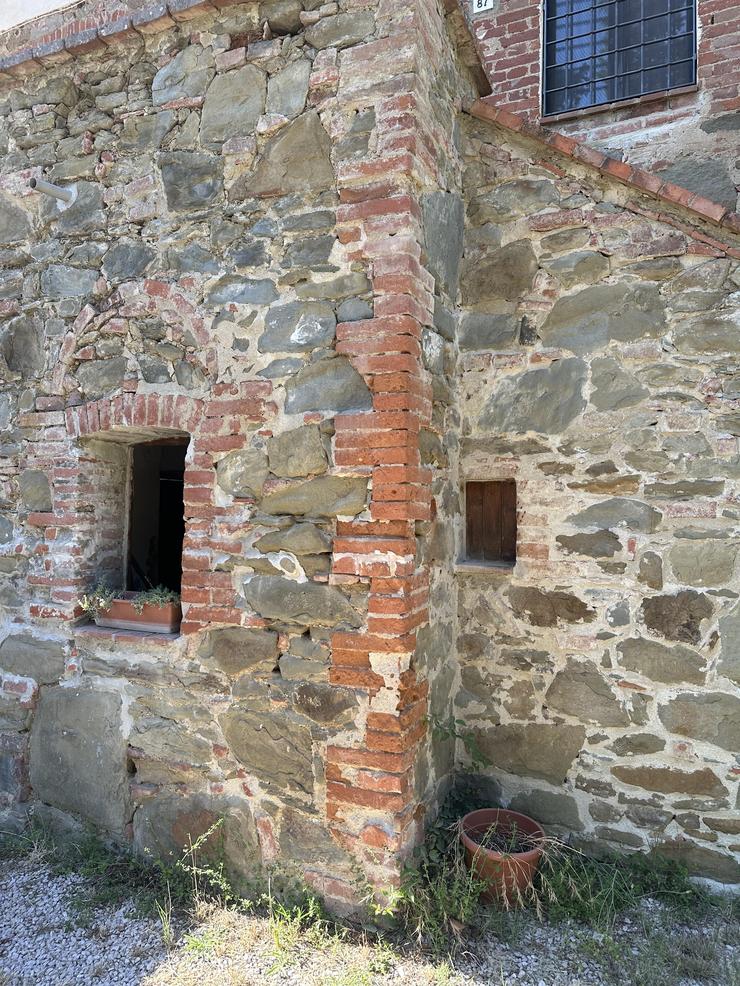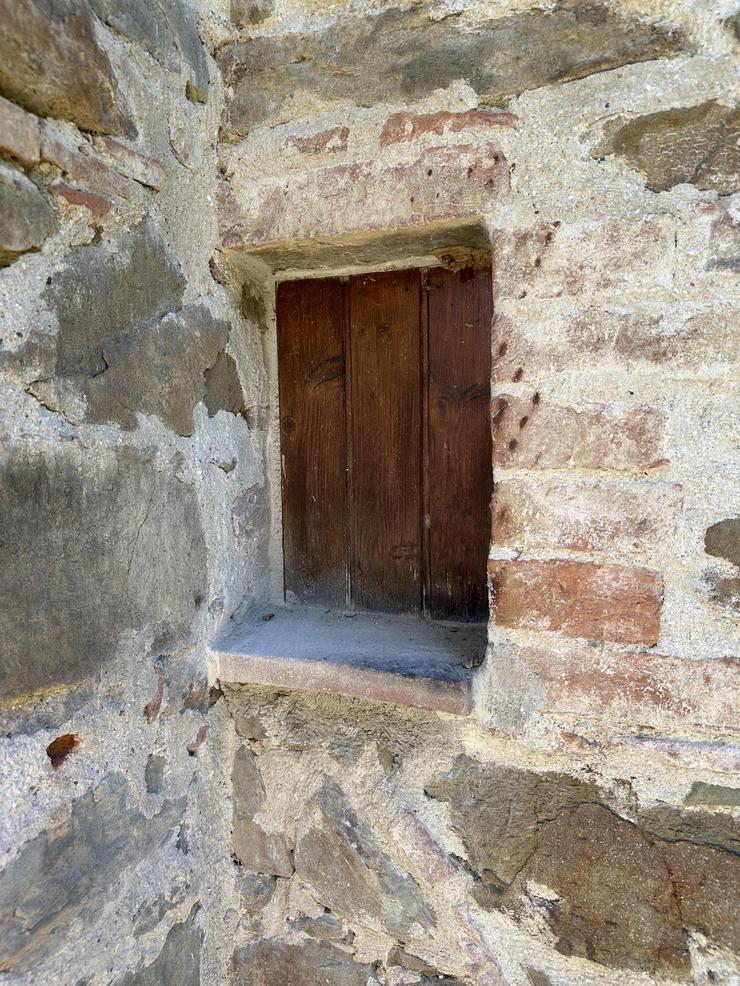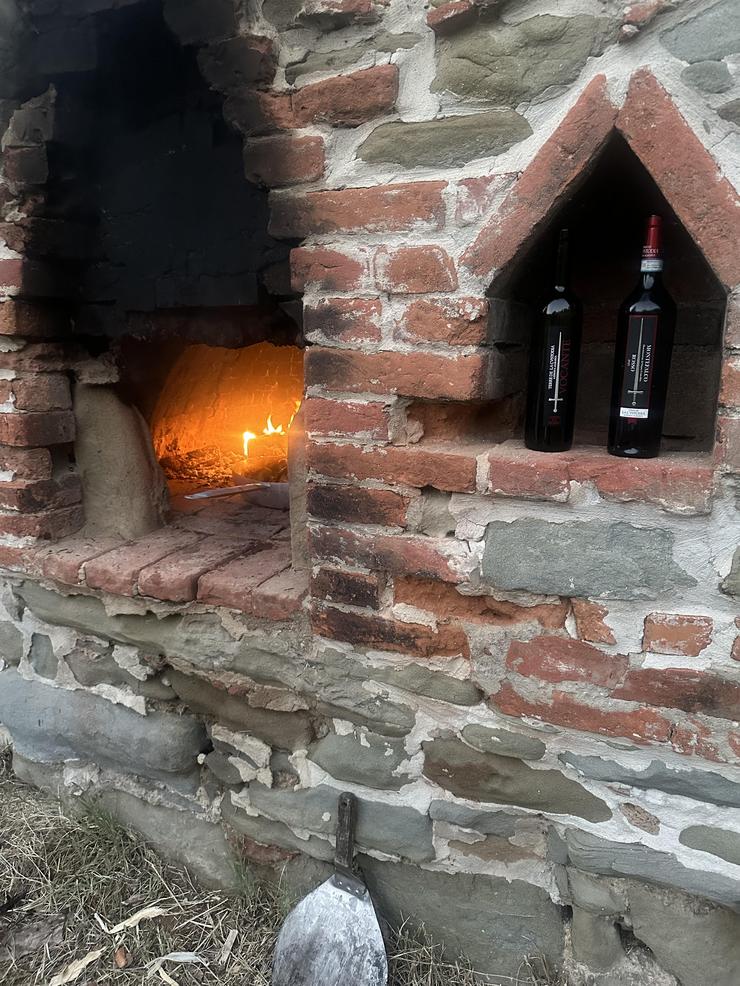
+46703626349
HISTORY DISCOVERY
Discovering the Charm of Our Historic Umbrian Stone House
Nestled in the serene countryside of Umbria, close to Lago Trasimeno our historic stone house stands as a testament to a bygone era. We, Stina and Magnus Haglund are trying to find more information that will add on to our journey through its fascinating history and timeless charm.
Recent history: What we do know… the house was privately owned when we bought it and before that it was a bed and breakfast and a restaurant. We were in contact with a woman who was born here in 1959 when her family was working for a rich farmer in Rome. The house was then mainly a farm. Before that we are told the house was an old terracotta factory, and the huge chimney still remains. The name “il fornello” means “the oven”. This is where the verifies sources leave us to some guessing based on the history of the area.
The house is built with sturdy natural stones and lime mortar and it whispers stories of centuries past. These materials, that we understand was commonly used between the 17th and early 20th centuries, suggest that our home may have witnessed numerous historical epochs. The combination of brickwork and natural stone, meticulously crafted, indicates an era where craftsmanship and durability were paramount.
One of the most intriguing aspects of our home is the old ruin next to it. It is built without lime mortar, cement or similar. The stones are just balanced on each other. We are told this is a building technique from medieval times? This makes us guess that something was here before the factory? Maybe a smaller farmhouse or something similar?
Another interesting thing is the small hatch that goes into the storage today. From what we understand this little detail is often found in buildings from the 18th and 19th centuries and used to receive deliveries (wine, oil) or to communicate safely, a fascinating reminder of how daily life was conducted in those times.
Another distinctive feature is the built-in pizza oven in the facade. This charming addition not only enhances the rustic aesthetic of our home but also suggests a time when communal cooking and social gatherings were central to household life. Such ovens were prevalent in Italian rural homes, particularly during the 18th and 19th centuries, further anchoring our house in its historical context. One of our neighbors running a super ecological farm 5 km away came to see the garden and they believe that right next to the oven is a summer and winter garden for household needs. This makes us think that this was the place for both harvesting and cooking for the household.
Owning this historic stone house is pretty amazing. Every brick, every corner of our home might represent a chapter in a larger narrative of cultural and historical significance.
If you know more about anything that can help us understand out house we welcome you to share it. We would really love to know everything there is to know about this amazing place and its history.





